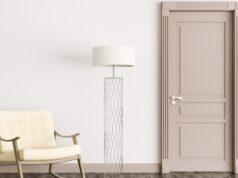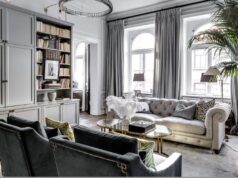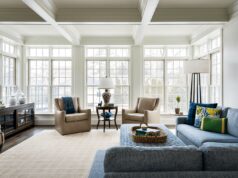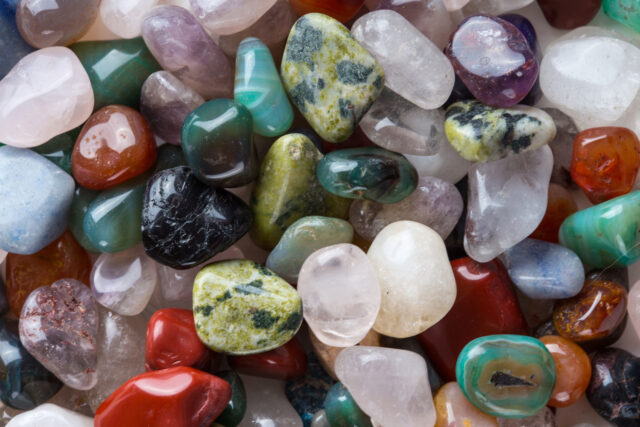
Natural stones have been in use for a long time. In Egypt, it was used to construct obelisks and sarcophagi that then led to pyramids. In the past natural stones were used for flooring purposes, mostly to symbolize prestige. Marble stones were a statement of affluence and royalty. For the royal families back then, a distinction was crucial; hence, using unique stones for palaces’ construction.
Natural stone was previously also used for advertisement; most ornaments in the past were carved from this material. This was a mark of influential people. Four common types of stones used included marble, used by the Greeks, granite used to build the pyramids, limestone, and sandstones.
Technology has affected the way we use different materials. Designers and contractors are now creating timeless pieces using natural stones. Saturnia Travertini has over the years dedicated resources to avail natural stone products at the best rates. Natural stones have now gone beyond flooring, and you can use them for wall cladding, entry porch, countertops, among other places.
Unconventional ways of using natural stones in the 21st century include;
Cladding

Natural stones are now be used to improve the beauty of a building’s interior and exterior. In the past, the only way to do this was through paint jobs or building a new design. Cladding refers to adding layers of stones to a structure. The stones do not add weight to the frame or support. Wall cladding adds a protective layer to the wall against weather calamities and other elements.
You can use different kinds of stones for cladding, depending on what you seek to achieve and the available type of material. The most common cladding stones used include
Slate
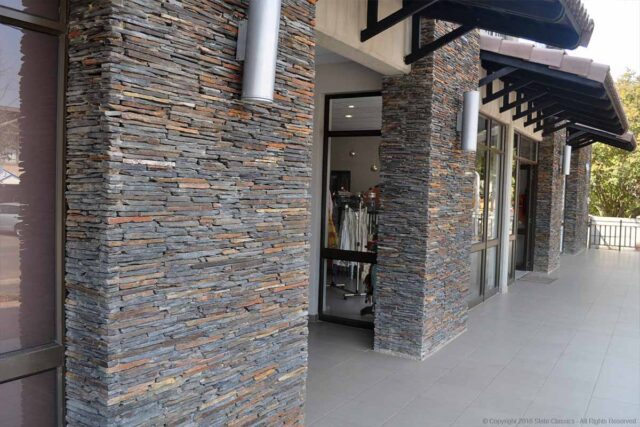
Slate is a metamorphic stone. It has various colors that can be applied both on the inside and outside. They include African blue slate, rich autumn slate rivens, and slate strip walling. All these textures play an important role in carving out tones. Each of the stones gets placed on top of each other.
Sandstone
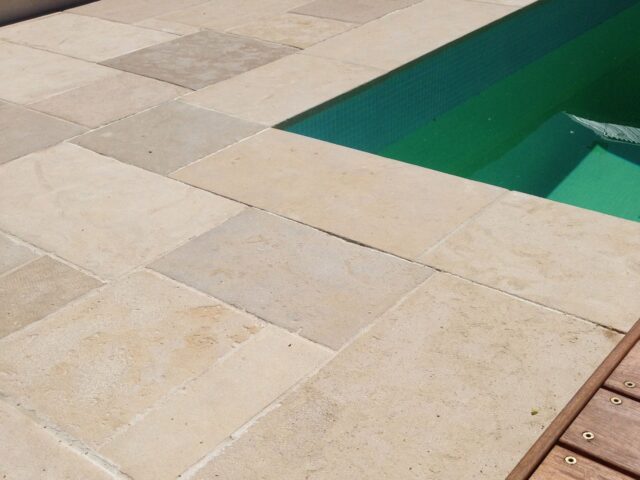
Sandstone is used to improve the texture of surfaces due to its rich earth colors. The material doesn’t weather easily. Sandstones used for cladding include rivens of sandstone, which are natural sandstone cut into thin strips. The thin riven strips offer the impact of a new, sharp look that is rich in color and texture. Sandstone rivens are suitable for walls with inner features. The correct lighting will produce a true feeling of luxury. “Sandstone Loose Riven 60mm” and the “Sandstone Loose Riven 40mm” provides an incredible contrast.
A chipped face random cladding product is the sandstone B3, referred to as the Lesotho sandstone B3. It comes in different sizes that give you incredible variety, enabling you to do custom profiles and random designs.
Sandstone chunk cladding is random parts tightly put together by professional stonemasonry of various sandstone sizes, suitable for interior and exterior cladding. The sandstone chunks offer a rustic feeling making it a great pick for creative people and those who prefer a rugged look. This design may also appeal to individuals who love antiques.
Quartzite

Quartzite is sandstone quartz converted to solid quartz rock due to tectonic compression-related heating and pressure. Quartzite is often confused with quartz, but it is similar to granite, a different type of stone quarry. This material with sustainable resources and low maintenance is a great natural stone for most surfaces.
The UV-resistant, marble lookalike stone is a perfect cladding material. Quartzite cladding products include quartzite strip walling and quartzite stone building walling.
The cladding stones technique has won its way into the heart of modern architecture. Through this design, you can transform your space to create the impact you desire. Cladding changes the appearance of anything. The robust and durable nature of the material is the characteristics making it more popular. Cladding stones are also versatile, offering you a wide variety of choices.
Furniture
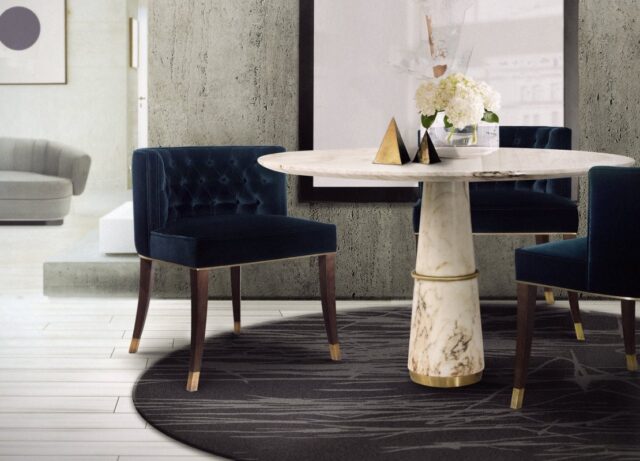
Natural stones nowadays have been incorporated in the making of furniture. Marble is widely used to make coffee tables and dining sets. Granite, on the other hand, has been found useful in creating stairways in the home.
Accessories

For both the living room and garden, stone objects such as statues and lamps made from cleaning soap stones make incredible pieces. If you love nature and have a garden in your home, this is worth considering. Besides the durability of the planters, they are also waterproof with no possible infiltration. The stones of Shahabad and Kota can be used for landscaping as they blend beautifully with the garden. Slabs and pebbles of semi-precious stones that are commonly used for decorative purposes.
Tops and backsplash
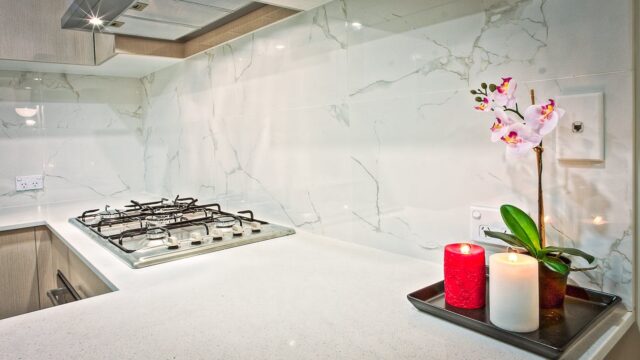
Granite and quartz are rugged, non-porous, and best suited for kitchen counters and tabletops. These are the best natural stones as they are easy to clean and manage. For the backsplash, stone may also be used. If you want to achieve a distinct space, seek to build a wall mosaic with small stones in different colors. It will help develop an earthy ambiance to have a dining table with a stone top. To highlight the table, one can add a colorful tile as well.
Shelves and storage
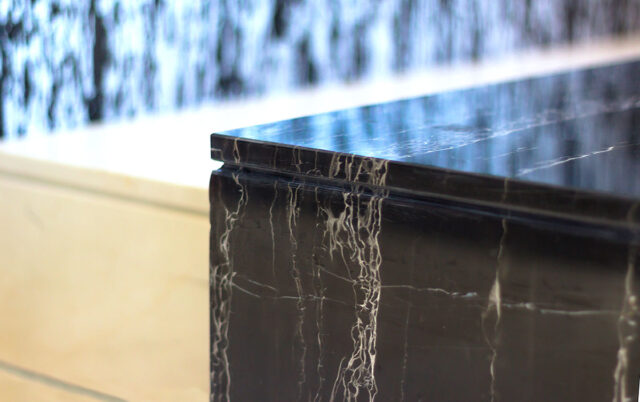
Consider using natural stone for shelves and open storage, such as granite, limestone, and cuddapah. Not only are floating shelves made of stone practical but also simple to maintain. These pieces also add architectural value to spaces. In the kitchen, rows of stone shelves build a sense of room and openness.
Accent wall
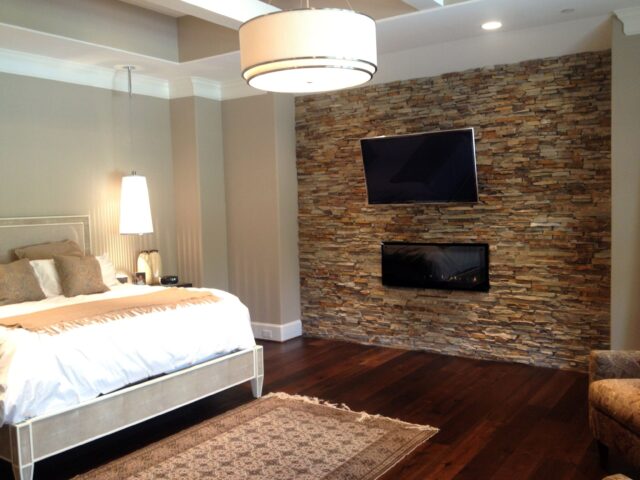
Each granite and marble slab is unique, which makes it captivating. Like art, select a highly pigmented slab or one that carries a bold pattern, which will produce an eye-catching accent wall.
Conclusion
Natural stone breaks the barriers and gets more uses besides construction materials. Artists have joined the trend and are using the materials to make amazing pieces of home decor, furniture, and other things.
The versatile character of the natural stone continues to benefit more industries. Natural stone popularity seems to break the conventional and normal confines in the building industry and finding its way in unconventional spaces.




